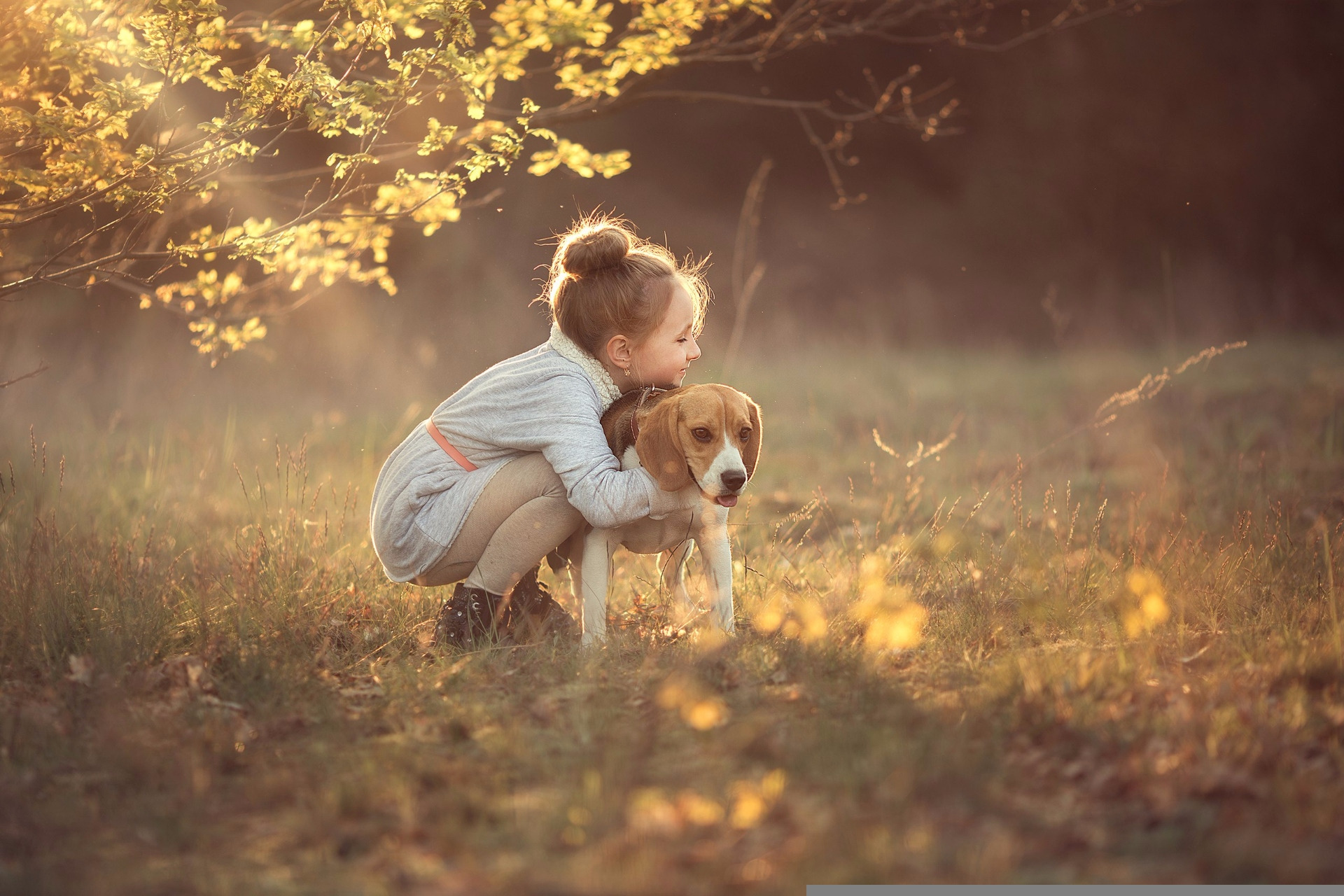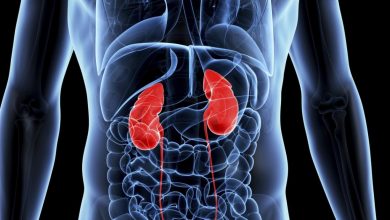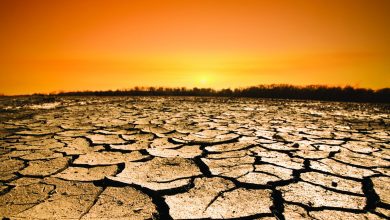Our beloved pets bring joy, companionship, and unconditional love into our lives. Just like humans, pets can also face a range of health issues that require attention, care, and preventive measures. In this article, we will explore common health problems that pets may encounter and provide insights into responsible pet care practices to ensure their well-being.
Common Health Issues in Pets:
1. Obesity: Just like in humans, obesity is a prevalent issue in pets, often resulting from overfeeding and lack of exercise. Obesity can lead to a range of health problems, including joint issues, diabetes, and heart disease.
2. Dental Health: Dental hygiene is crucial for pets’ overall health. Dental problems, such as gum disease and tooth decay, can cause discomfort and lead to systemic health issues.
3. Parasites: Fleas, ticks, and internal parasites can cause a range of health problems for pets, including skin irritation, anemia, and the transmission of diseases.
4. Allergies: Pets can develop allergies to certain foods, environmental factors, or allergens. Allergic reactions can lead to skin problems, digestive issues, and respiratory symptoms.
5. Arthritis: Arthritis is a common ailment, particularly in older pets. It can cause pain, stiffness, and reduced mobility, affecting their quality of life.
Responsible Pet Care Practices:
1. Balanced Nutrition: Providing a balanced and appropriate diet for your pet is essential to their health. Consult with a veterinarian to determine the right type and amount of food for your pet’s age, breed, and activity level.
2. Regular Exercise: Engage your pet in regular exercise to maintain a healthy weight and promote overall fitness. Physical activity also provides mental stimulation and strengthens the bond between you and your pet.
3. Dental Care: Practice good dental hygiene by brushing your pet’s teeth regularly and providing dental treats or toys that promote oral health.
4. Parasite Prevention: Use preventive measures, such as flea and tick treatments, and administer regular deworming medication to protect your pet from parasites.
5. Regular Vet Visits: Schedule regular check-ups with a veterinarian to monitor your pet’s health, receive vaccinations, and address any concerns promptly.
6. Hygiene and Grooming: Regular grooming, including bathing, brushing, and nail trimming, helps maintain your pet’s hygiene and prevents skin issues.
7. Allergen Management: If your pet has allergies, work with a veterinarian to identify and manage allergens, whether they are related to food, environmental factors, or other triggers.
8. Comfortable Living Environment: Create a safe and comfortable environment for your pet, ensuring they have appropriate shelter, bedding, and access to clean water.
As responsible pet owners, it is our duty to prioritize the health and well-being of our furry companions. By being attentive to their needs, providing proper care, and promptly addressing any health concerns, we can ensure that our pets lead happy, healthy lives. Regular veterinary care, a balanced diet, regular exercise, and a loving environment all contribute to the overall health and happiness of our beloved pets.
The Process of Animal Adaptation: Unveiling Nature’s Masterpiece
The natural world is a mesmerizing tapestry of life, where countless species have evolved and adapted over millennia to thrive in diverse and often challenging environments. The process of animal adaptation is a remarkable journey, where creatures undergo subtle and sometimes dramatic changes to ensure their survival and success. In this article, we will delve into the captivating process of animal adaptation, exploring its mechanisms, examples, and the intricate balance it brings to ecosystems.
The Mechanisms of Animal Adaptation:
1. Natural Selection: One of the cornerstones of adaptation is natural selection. Favorable traits that enhance an animal’s chances of survival and reproduction are more likely to be passed on to the next generation. Over time, these traits become more prevalent in a population, leading to better-suited individuals.
2. Genetic Variation: Genetic diversity within a population provides the raw material for adaptation. Mutations, genetic recombination, and other mechanisms introduce new genetic traits that can confer advantages in specific environments.
3. Behavioral Adaptations: Animals often develop behaviors that help them survive and thrive. These behaviors can include migration, hibernation, camouflage, and social structures that enhance cooperation and protection.
4. Structural Adaptations: Physical changes in an animal’s body, such as the development of specialized limbs, teeth, beaks, or wings, allow them to exploit specific resources or environments effectively.
Examples of Animal Adaptations:
1. Camouflage: Many animals have evolved to blend seamlessly into their surroundings, making them nearly invisible to predators or prey. Examples include chameleons, which change color to match their surroundings, and leaf-tailed geckos that resemble tree bark.
2. Mimicry: Some animals adopt the appearance of other species to gain an advantage. The viceroy butterfly, for instance, mimics the toxic monarch butterfly to deter predators.
3. Extreme Environments: Animals that inhabit extreme environments, such as the Arctic tundra or deep-sea hydrothermal vents, develop specialized adaptations like thick fur or heat-resistant enzymes.
4. Echolocation: Bats and dolphins have evolved the ability to use echolocation, emitting sound waves and listening for echoes to navigate and locate prey.
The Balance of Ecosystems:
Animal adaptation is not just a remarkable process; it also plays a vital role in maintaining the delicate balance of ecosystems. Each species’ unique adaptations contribute to its ecological niche, minimizing competition and enabling diverse coexistence. If one species were to dominate, it could disrupt the entire ecosystem’s equilibrium.
The process of animal adaptation is a testament to the beauty and intricacy of the natural world. Through the interplay of genetic variation, natural selection, and environmental pressures, animals sculpt their traits to conquer the challenges they face. This dance of adaptation not only ensures the survival of individual species but also weaves together the rich tapestry of life that adorns our planet. As we marvel at the diversity and ingenuity of adaptations in the animal kingdom, we gain a deeper appreciation for the complex and awe-inspiring forces that shape the natural world.

















